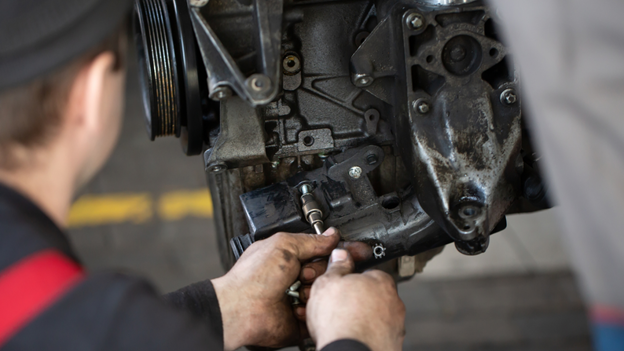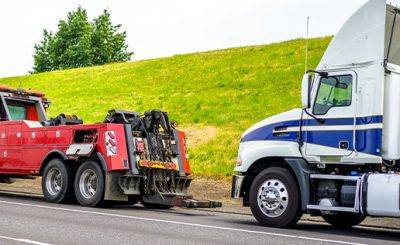Off-roading is an exciting and adventurous experience, but getting stuck in mud or sand can quickly turn into a frustrating challenge. Whether you’re navigating through deep trails or sandy dunes, knowing how to recover your vehicle efficiently is crucial. Here are five essential steps to take when your 4×4 is trapped in the elements.
1. Assess the Situation Before Taking Action
The first step is to remain calm and carefully assess your surroundings. Panicking and accelerating aggressively can make the situation worse by digging your tires deeper into the mud or sand. Instead, step out of the vehicle and examine the depth of the trap, the type of terrain, and any potential obstacles nearby.
Look at the tire tracks to determine how deep they’ve sunk. If the tires are spinning freely, you may only need a minor adjustment to get out. However, if your axles are buried or the undercarriage is sitting on the ground, you’ll need a more strategic approach.
2. Reduce Tire Pressure for Better Traction
One of the simplest and most effective ways to regain traction is by lowering your tire pressure. When tires are inflated to their usual levels, they have a smaller contact patch with the ground. Reducing the pressure increases the surface area, allowing the tires to gain more grip on soft terrain.
For sand recovery, dropping the tire pressure to around 15 PSI can help. In muddy conditions, slightly lower pressure (around 20 PSI) can provide enough traction without compromising stability. After freeing the vehicle, be sure to reinflate the tires to the proper pressure before resuming your drive.
3. Use Recovery Boards or Natural Materials
If your 4×4 is still stuck, the next step is to provide the tires with a solid surface to grip. Recovery boards, also known as traction mats, are specifically designed for this situation. Simply place them under the drive wheels to create a stable pathway out of the mud or sand.
If you don’t have recovery boards, you can use natural materials like branches, rocks, or even floor mats from your vehicle. Dig a small trench in front of the tires, position the materials underneath, and slowly accelerate in a controlled manner to ease your way out.
4. Engage the Right Gear and Drive Smart
Using the correct gear can make all the difference in recovering your vehicle. Many off-road vehicles come with low-range gearing, which is ideal for increasing torque and improving traction. Shift into 4-Low and use a gentle throttle to prevent excessive wheel spin.
Rocking the vehicle back and forth can also help break free from the rut. Shift between drive and reverse while applying light acceleration to gain momentum. However, avoid excessive revving, as it can overheat your engine or cause unnecessary damage to your transmission.
5. Call for Help If Needed
If you’ve exhausted all self-recovery methods and your vehicle remains stuck, it’s time to call for assistance. A fellow off-roader with a tow strap or winch can be a lifesaver in these situations. Always use recovery-rated equipment and attach straps to designated recovery points on the vehicle to avoid damage.
If you’re off-roading alone and have no way to get out, consider reaching out to a 4×4 repair mechanic for professional assistance. Some mechanics specialize in off-road vehicle recovery and can safely extract your vehicle without causing further harm.
Getting stuck in mud or sand is an inevitable part of off-roading, but with the right approach, you can recover quickly and safely. By assessing the situation, adjusting tire pressure, using traction aids, engaging the right gear, and seeking help when necessary, you can turn a frustrating experience into a learning opportunity. Always prepare for the unexpected by carrying essential recovery gear and knowing when to call in the experts for assistance.








